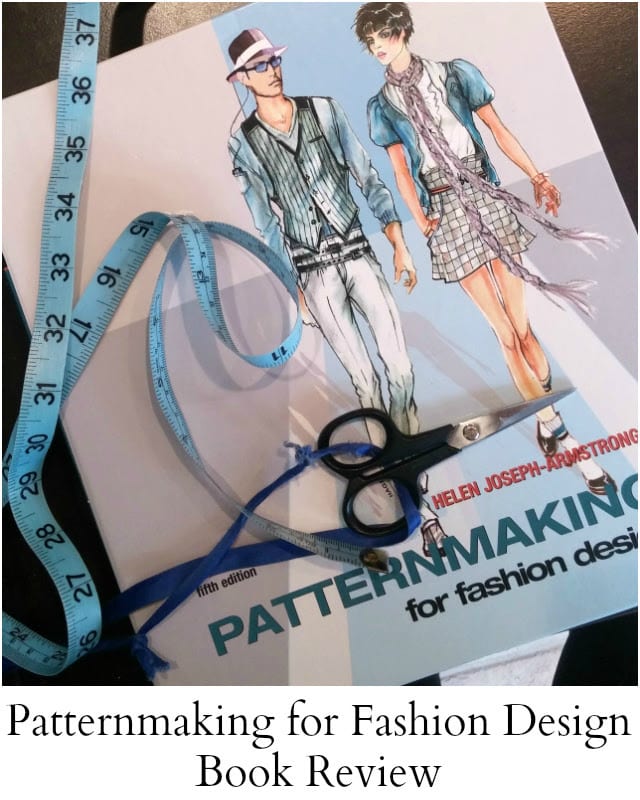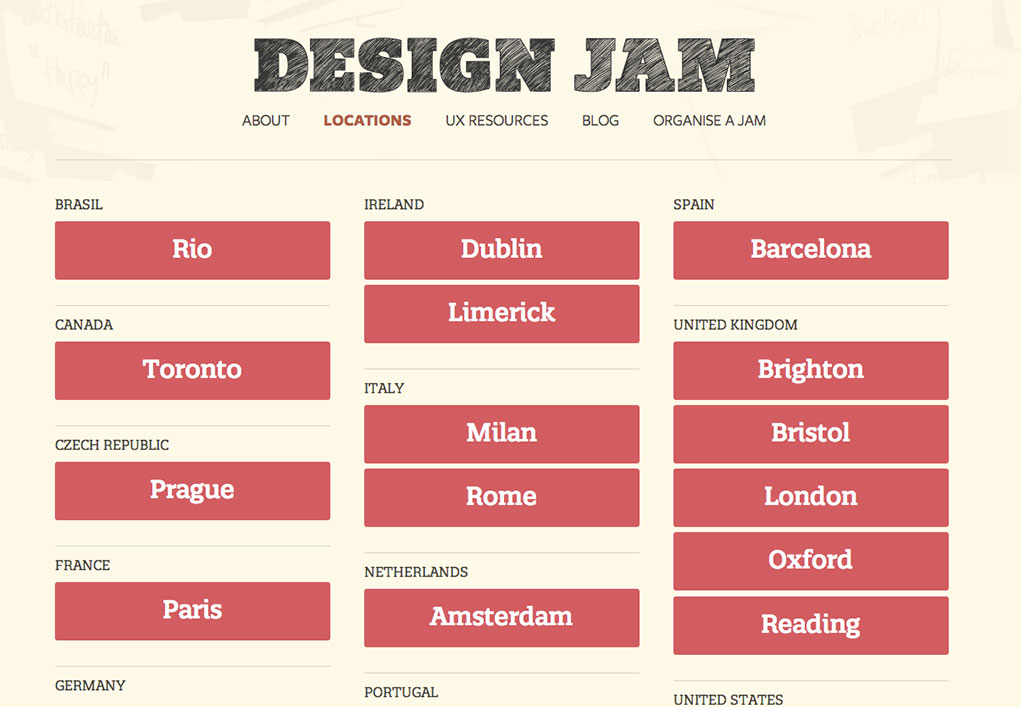Table Of Content

Alongside the benefits that digital technology brings to clothing production, there can be some challenges in the pattern creation process. As mentioned above, the number of industry-recognized applications available can sometimes lead to compatibility issues with your chosen manufacturing partner. The final way to make pattern is to use ‘garment deconstruction’ which is a favourite amongst people who have been sewing for a while, but have no interest in learning how to draft patterns from scratch.
Sewing Machine Guides
Grainlines indicate the direction the pattern will be laid on the fabric to cut. It is important to have this clearly marked on the pattern, so the fabric gets cut correctly. The grain effects the way a fabric drapes and stretches, as well as how a print or nap will execute when the fabric is cut. Typically, grainlines are indicated as a straight line along the pattern piece.
Collar Pattern Making Tutorials
Flat pattern making helps to highlight the areas for movement and improves comfort for the wearer. Most large apparel producers have one or more pattern makers on staff to take care of sewing construction and other pattern-related tasks. These professionals generally work in the same building as the company's design staff, but they usually work in individual offices or offices that are shared with other pattern makers. For those who are new to fabric patterns, there are many resources and professionals that can assist in the process. Sewport provides an easy search function to filter your requirements and find designers who can take your ideas through to the development stage.
Garment Deconstruction To Re-Make Patterns
Then you are ready to move to our advanced lesson on drafting a women’s jacket. Pattern drafting is the technique used to create basic blocks using specific body measurements. This first draft of a basic block (often referred to as a sloper in other parts of the world) includes wearing ease, but no design ease, seam allowance to garment details. This style of pattern creation involves draping the muslin over a form (or mannequin) to create a 3D shape.
The very basic version of this method does not even include deconstructing a garment, but instead requires you to lay it out flat to trace the garment sections using a tracing wheel and pencil. If it is worn, it is a garment, and so counts as garment (or apparel) pattern making. Creative pattern making is the technique of developing both flat patterns and draped patterns in a more creative way. Pattern making is a fun activity for anyone who likes to make their own clothes, but it can be daunting to start with if you’ve never learned about the pattern making process before. So now your base size pattern is created, fit, adjusted, and perfected! Do you really have to do all of that all over again to create additional sizes?
This technique allows for the creation of tighter and more customized patterns. There are different types of pattern making that are used depending on the design and structure of the garment. The introduction of proportional measurements also contributed to significant changes in pattern making. Instead of relying on fixed measurements, proportional measurements allow patterns to be tailored more precisely to the wearer's individual proportions, achieving an optimal fit. Many of these software tools allow users to customize the interface, toolbars, and shortcuts to optimize their workflow.

A series of drawing and cutting tools are used in this process, such as rulers, pencils, scissors, and cutters. Good pattern making ensures a correct fit of the garment and a faithful reproduction of the original design. It is a fundamental skill for fashion and apparel professionals and requires technical knowledge and creativity to transform an idea or design into a garment with the right measurements and proportions. With eTelestia you can learn how to create any fashion design and pattern with the help of modern technology, animation, videos and clear step-by-step instructions.
Covid-19 Pushes Fashion Design Schools Into an Increasingly Digital Future - Fashionista
Covid-19 Pushes Fashion Design Schools Into an Increasingly Digital Future.
Posted: Mon, 23 Mar 2020 07:00:00 GMT [source]
What is Garment Ease and why is it important?
For digital patterns, the grainline controls how the piece will be put into a marker (don’t worry, we’ll cover markers later on). If your pattern is a paper pattern, the line should be annotated with the word “grainline”. If you have pleats or darts on your garment, the edge of the pattern piece with the darts/pleats will be longer than the one without. You want to close the darts/pleats as they would be once sewn, and then walk the pieces to ensure that the seams are trued. This comprehensive guide will teach you the fundamentals of apparel pattern making from start to finish.
Lt. Gov. Peggy Flanagan, a citizen of the White Earth Nation, made her debut on the runway as a model wearing a glittering black velvet dress by Rebecca Mousseau. Emcee Grace Goldtooth welcomed hundreds who came out for the evening to celebrate Indigenous design and opportunity. As the fourth annual Native Nations Fashion Night neared, designer Delina White offered MPR News a tip.

I used to wear a lot of aviator jackets back in the day, and I wanted to revive that in an F1-style. I wear it with denim, dresses and silk jumpsuits in all kinds of weather. As Gulf Oil is owned by the Hinduja family – my husband is businessman Sanjay Hinduja – I thought I would incorporate the logo. Model Jada Aljubailah walked one of the looks from the Restorative Apparel Co-design collection wearing a patterned gold lace dress with Ojibwe floral designs, red willow necklace and birch bark earrings. White worked with designers Sage Davis, Elizabeth Bye and Masnoureh Nikookar to create the collection.
The software also comes with a built-in fabric and color library, which designers can use to experiment with various looks. FashionCAD is an integrated suite of software tools designed to automate the fashion design and product development process. Renowned for its adaptability and user-friendly interface, it’s a top choice for both novice designers and seasoned professionals. FADM extends invitations to three esteemed judges for the event, each bringing unique expertise to the table. Melinda DiMauro, a renowned New York-based fashion photographer with an extensive portfolio spanning international publications and advertising, will lend her discerning eye to the judging panel.
As this aspect of production requires accurate specifications, garment manufacturers will use your Tech Pack to produce suitable fit and grading patterns. Of course, there will always be tweaks and compromises as some styles will require adjustment to fit the needs of the consumer. Building a good relationship with skilled cutting professionals ensures a smooth transition in the design and production process. Templates are otherwise known as block patterns in industrial production.


No comments:
Post a Comment